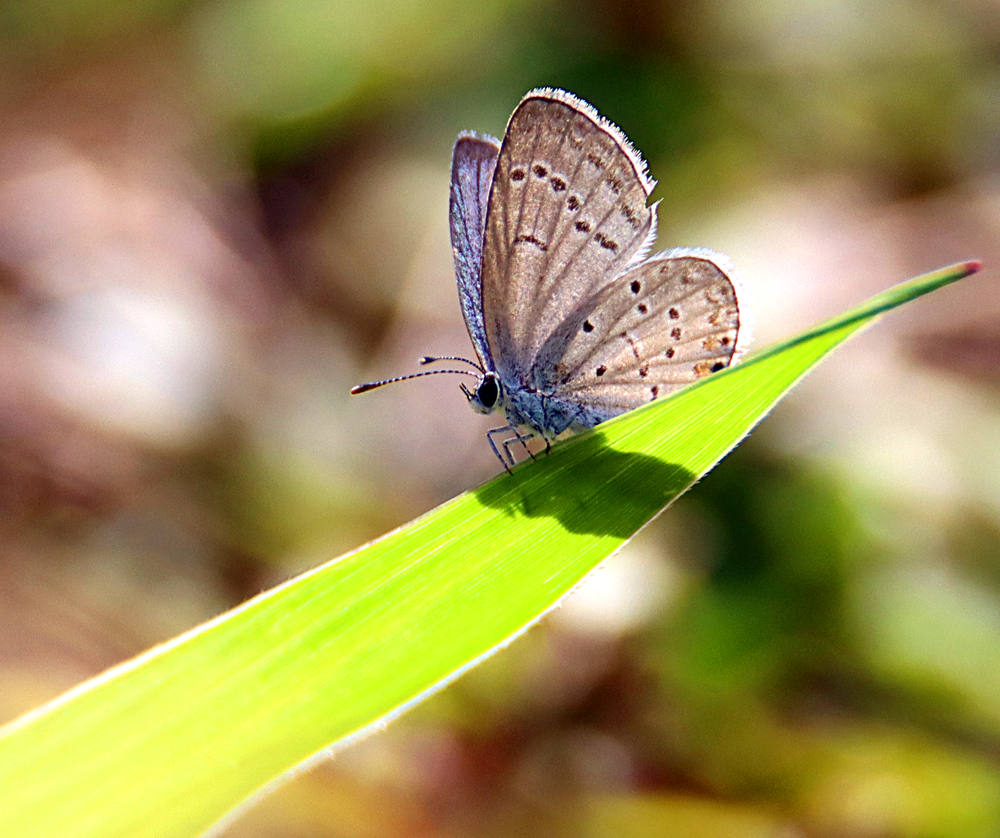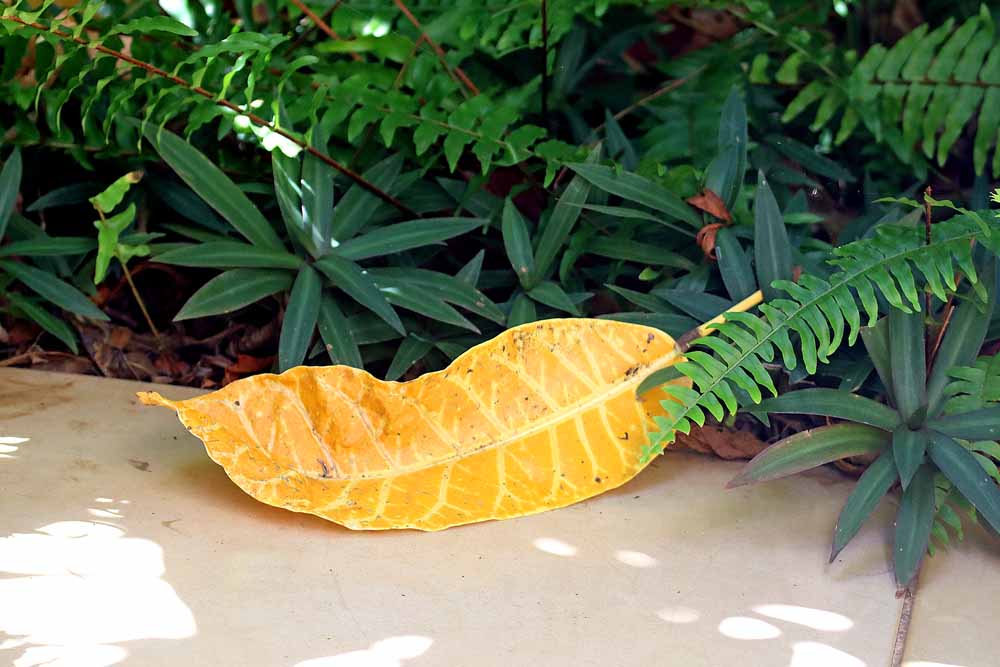
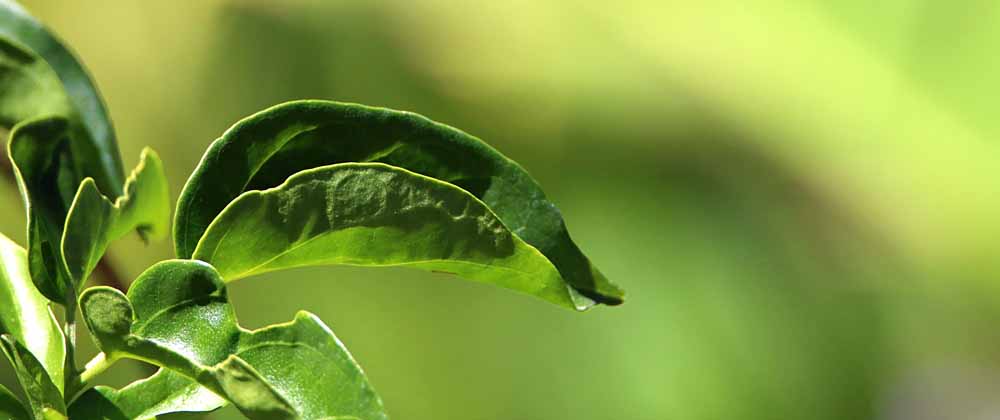
Flora & Forest GALLERIES.
Leaves & Nature Things GALLERY
¡Pura Vida!
Both my gardens and ones I visit


Flora & Forest GALLERIES.
Leaves & Nature Things GALLERY
¡Pura Vida!
Well . . . they sort of look like little fairies, the White Peacock Butterfly, Anartia jatrophae, which have been one of my staple butterflies this year. Here’s 3 of my shots of these lacy-like butterfly the other day.
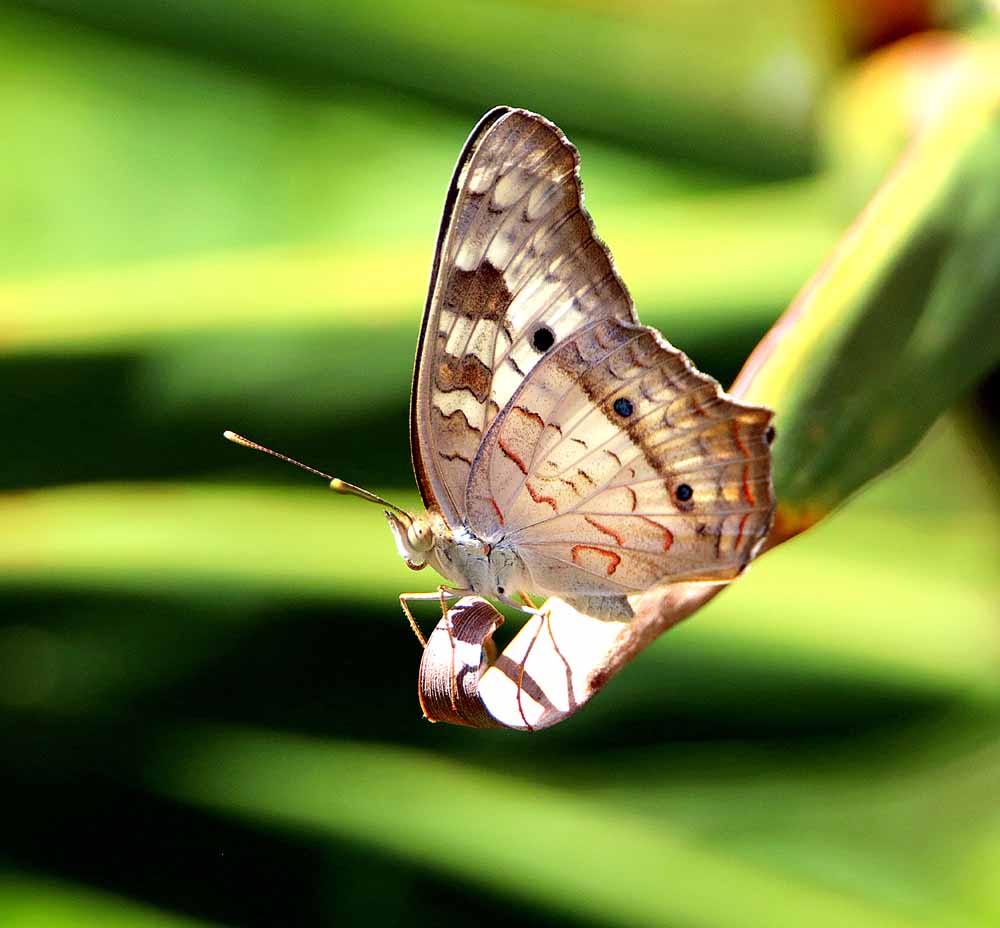
These very tiny little intricate-patterned butterflies have been another one of my regular butterflies this year and I really like them! With wings folded they are about the size of my thumbnail. Here’s just one shot from my garden the other day.
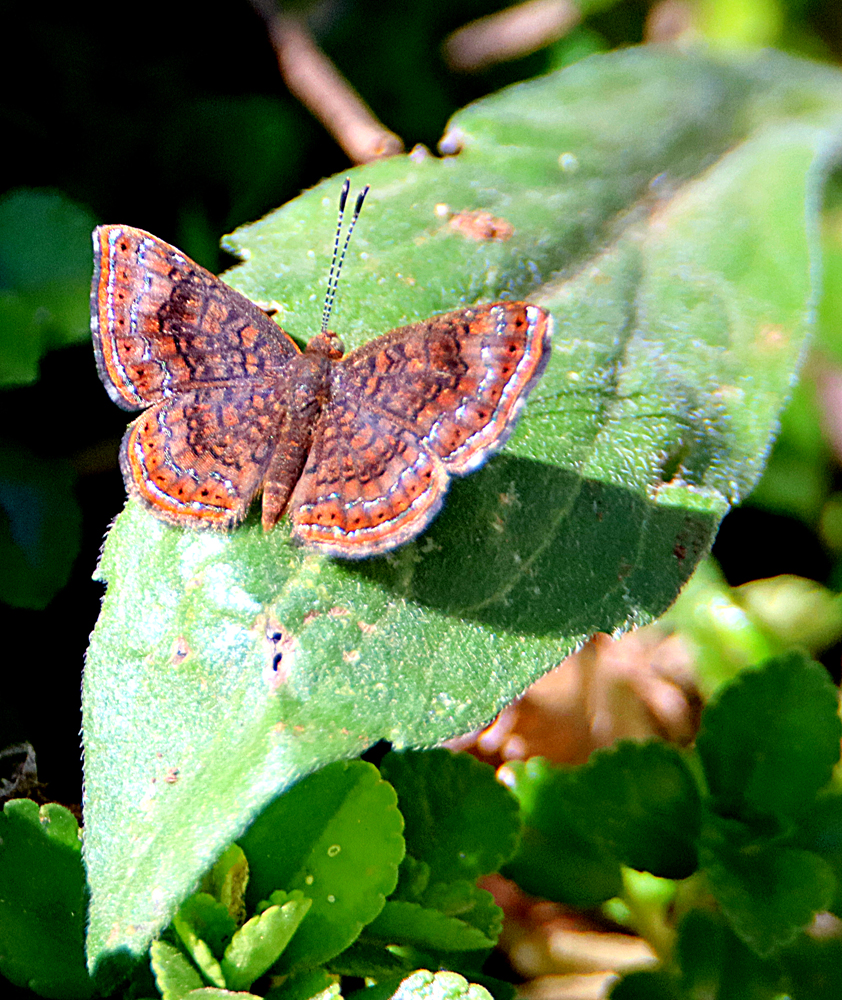
See more in my Rounded Metalmark Gallery.
¡Pura Vida!
It is definitely one of my favorite trees in Costa Rica, if for no other reason, an opportunity to photograph their beautiful leaves, both dead and alive as in this photo. They attract many birds from the tiny Euphonias to the Toucans and their openness makes them great “galleries” for photographing birds and sloths! Some of my best bird photos were made in the Guarumo or Cecropia Tree that I planted in my yard the first year here, 2015.
I have them pictured in several popular photo galleries:
Here’s one shot I made the other day from my terrace . . .
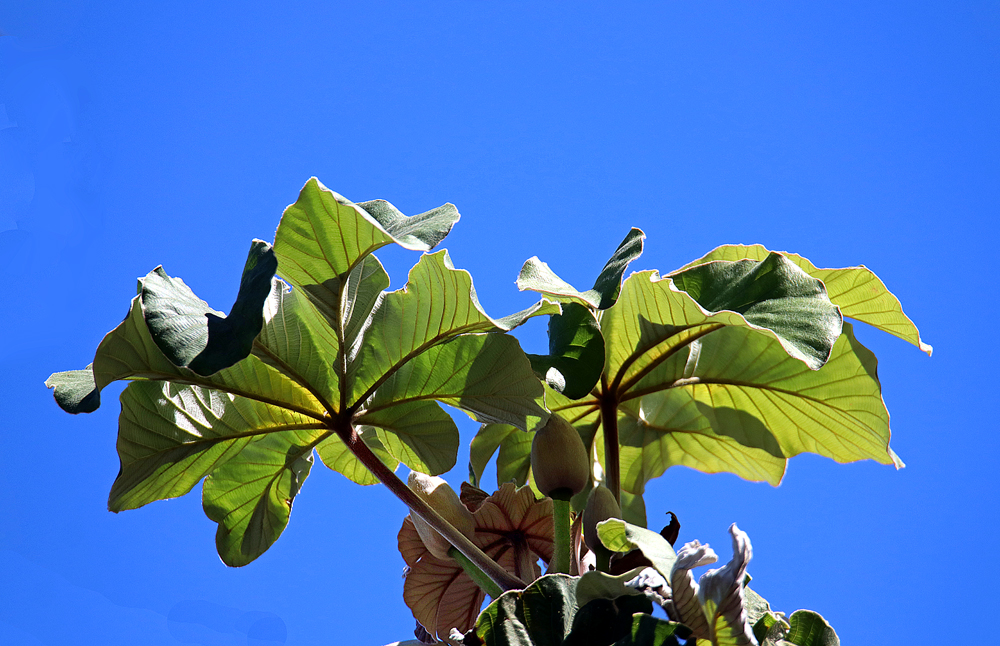
¡Pura Vida!
Though this one does not have the violet color as my other sighting of this species did, I believe this is the correct ID and most of the others posted online do not have the violet color. Violet-frosted Skipper, Mnasicles geta, link to my gallery on this one. And like many others I’ve found here, I think that there should probably be multiple subspecies of this one with different colorations.
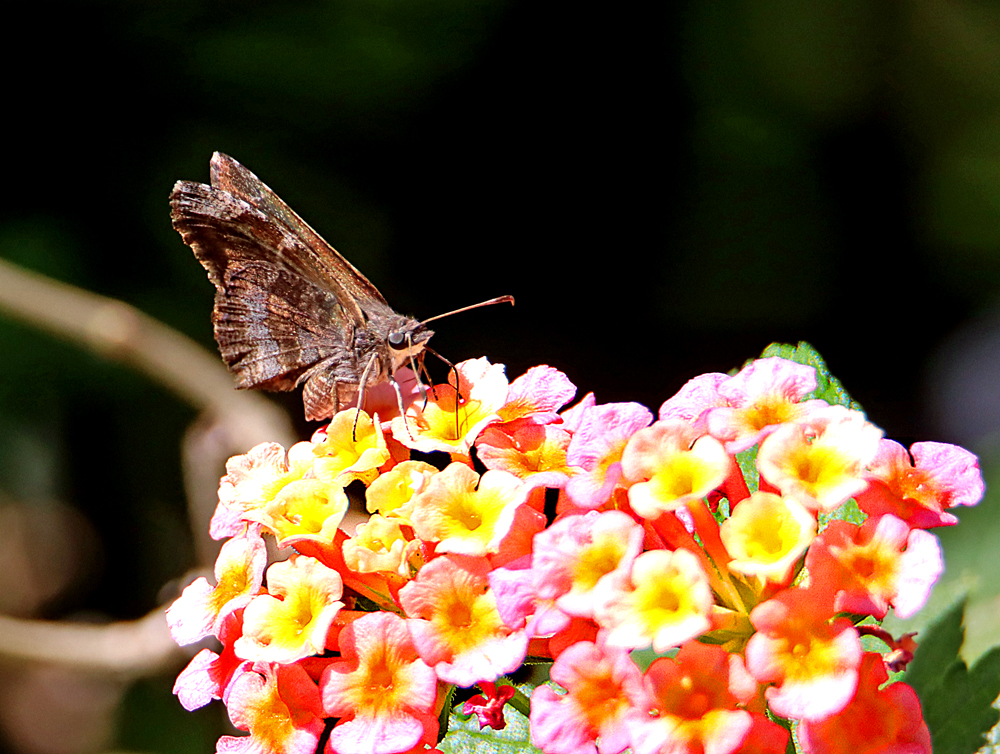
And link to all my Costa Rica Butterflies galleries.
¡Pura Vida!
So on this February 14 I will give these two butterflies human emotions and suggest that the one flying is saying “Please be my valentine!” :-)
They are both Banded Peacocks with male and female looking alike, so I can’t say for sure what the one flying around the other is doing, but it kind of makes a Valentines Day image! :-)
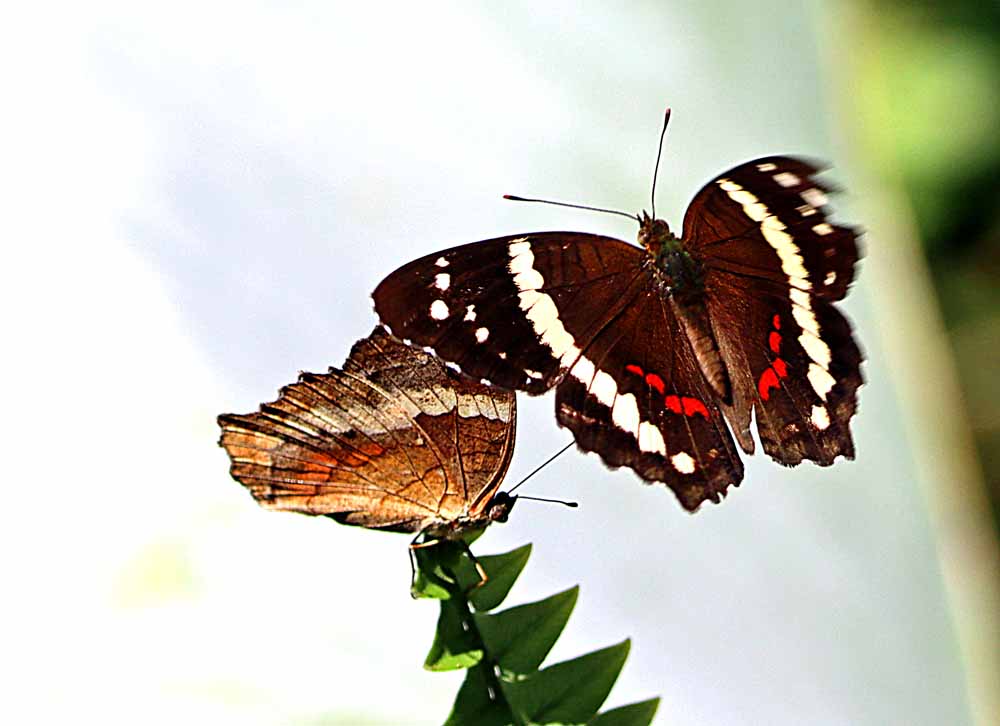
And a closeup of the one I’m treating as the female . . .
Continue reading “Anthropomorphic Valentines?”Instead of such an obvious “Common Name” (above) the source website names that I have to use for BAMONA, which doesn’t already have this butterfly in their database yet, is whatever BOA (butterfliesofamerica) has in their listing and their “common name” is Augustinula Hairstreak with the scientific name of Denivia augustinula. So that is the ID you will find in my personal gallery (which I try to keep in sync with butterfliesandmoths). In my gallery I have more photos from this past Sunday morning’s new discovery for me at Augustinula Hairstreak Gallery where there is an interesting rear shot with a long shadow of the insect. 🙂
For the serious student of butterflies, the Glassberg book uses the common name of “Blue-spotted Greatstreak” and another scientific name used online: Theritas augustinula. Plus, for what it is worth, I found a 3rd scientific name being used online of Thecla augustinula. :-) You can see why identification sometimes drives me crazy! 🙂 Just one photo here and you can go to my gallery for more.
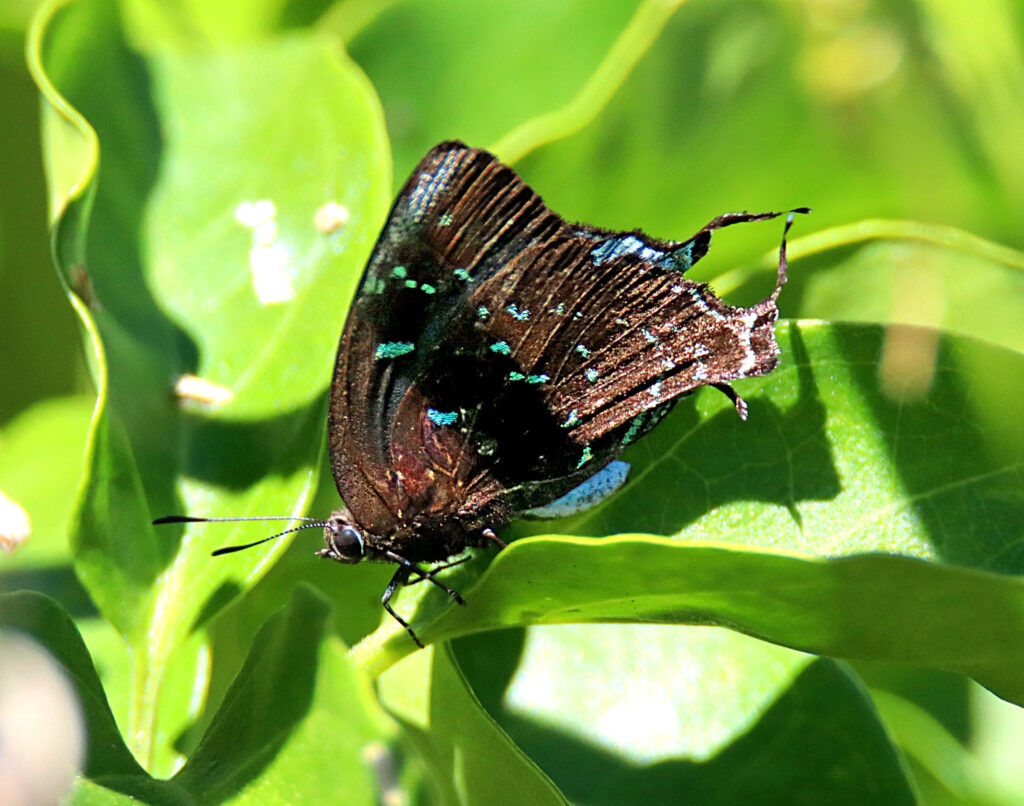
¡Pura Vida!
That is . . . a new species for me to photograph! There are so many species of butterflies in Costa Rica, about 1500, that my butterfly gallery of 260 species barely shows the huge variety here! This tiny butterfly landed on an equally tiny wildflower for just a few seconds and was gone! Because he is one of the “Blues,” the top side of his wings will be some shade of blue, but I did not get to see or photograph that and he was even partly hidden behind a portion of the flower. Maybe I’ll see this one again soon.
He has been seen spottily across the U.S., though mainly in Florida and Texas and on south through Central America. See the location map on ButterfliesAndMoths. Here’s two shots I got in my garden.
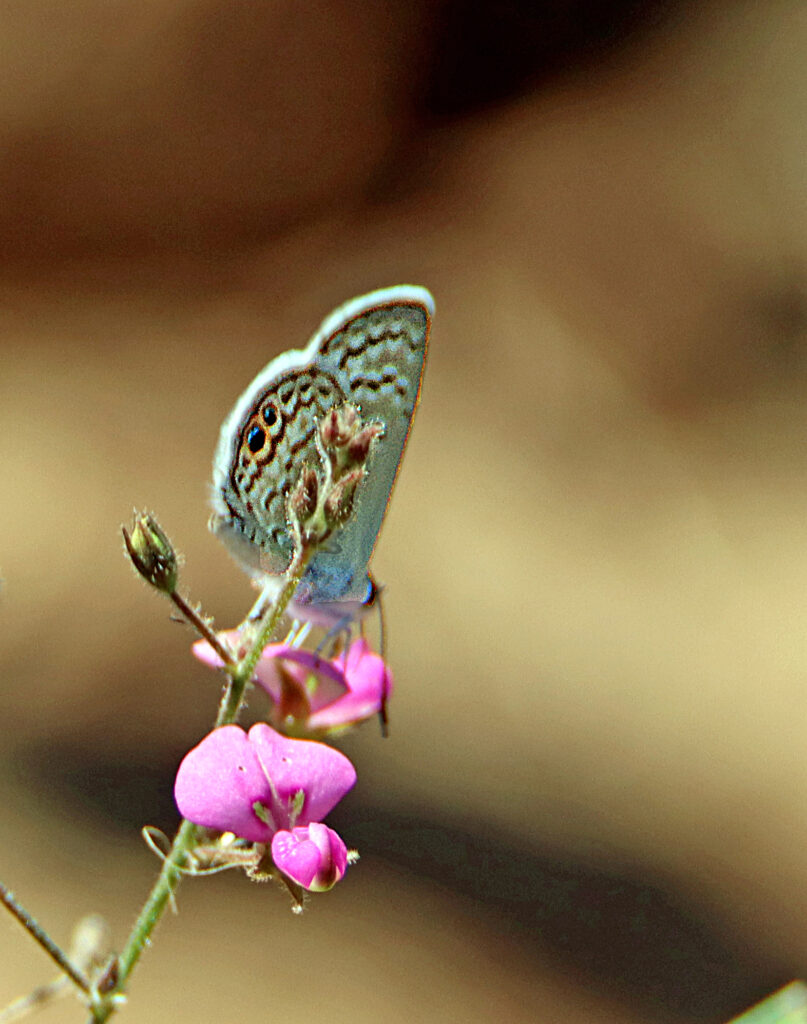
Don’t ever be afraid of to standing out. Fear fitting in because you can get lost in the crowd, but standing alone you’ll always find yourself.
~Unknown
These two photos of budding Torch Gingers or Baton del Emperador are each seemingly lost in a crowd of other like plants and yet both of their developing shapes and bright red color make them stand out to me.
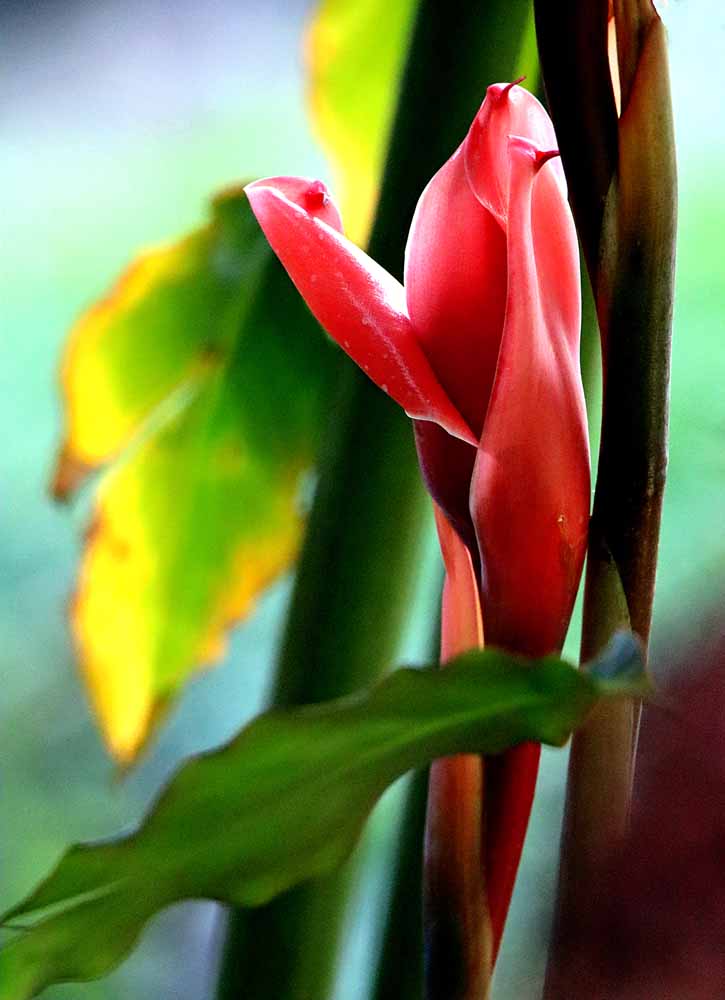
This Eastern Tailed-Blue (Cupido comyntas) is a cousin of the Ceraunus Blue (linked to blog post) I shared a few days ago, another sub-family in the Gossamer Wings or Lycaenidae Family (linked to that group of galleries) of butterflies and another one of those very tiny ones, as noted by him being on a blade of grass in these photos. :-) Most in the Lycaenidae Family are tiny. Also he’s called a “blue” because the top of his wings are a powdery blue, though barely seen in just one of these photos. Because of the wind this time of year he keeps wings folded when landed, but you can see my photo of another one with open wings in my Eastern Tailed-Blue GALLERY where all the photos have come from my garden. 🙂 And also note that with my eyes he looks white, but the light and/or camera give him a brownish hue this time that I cannot explain.
